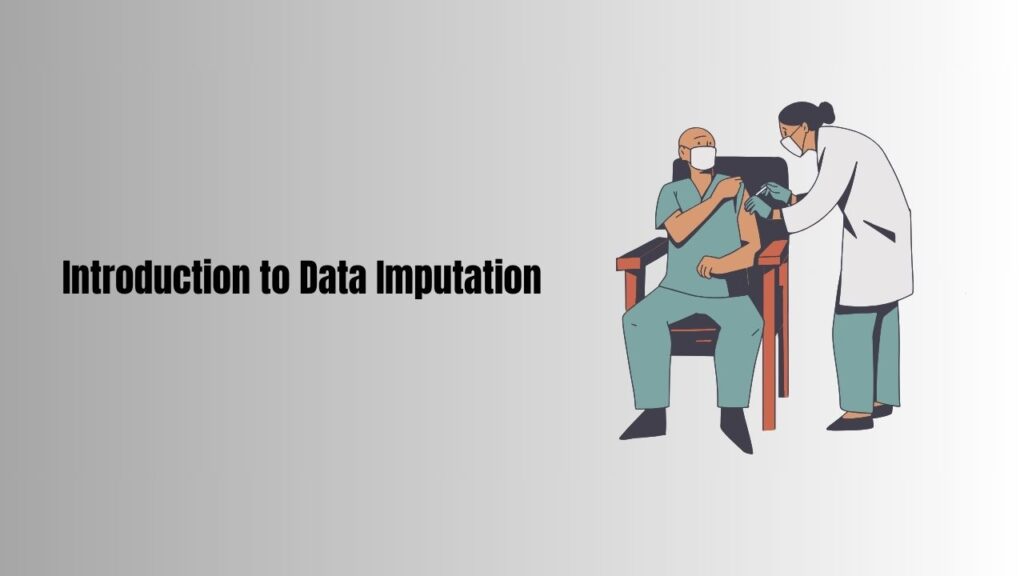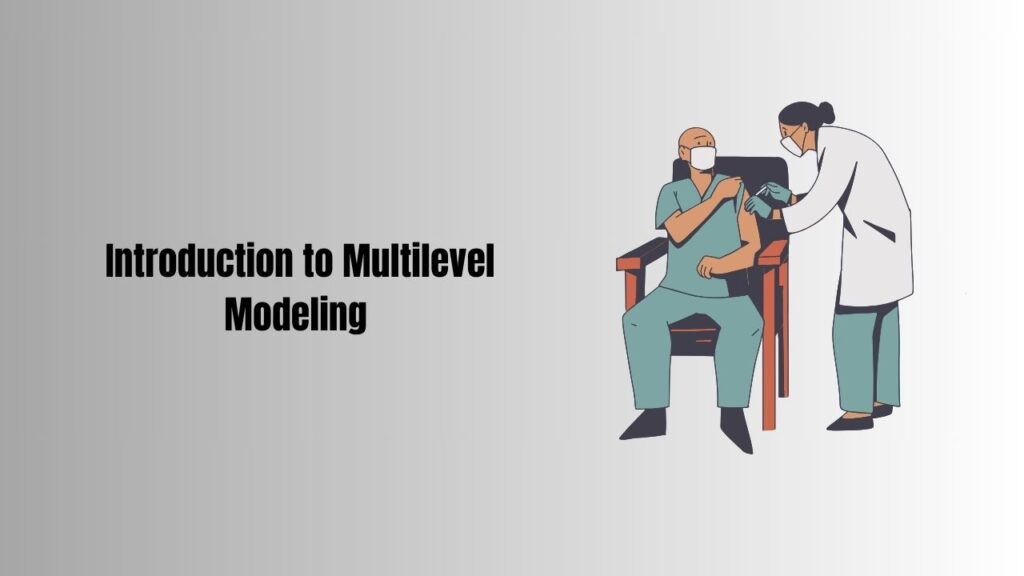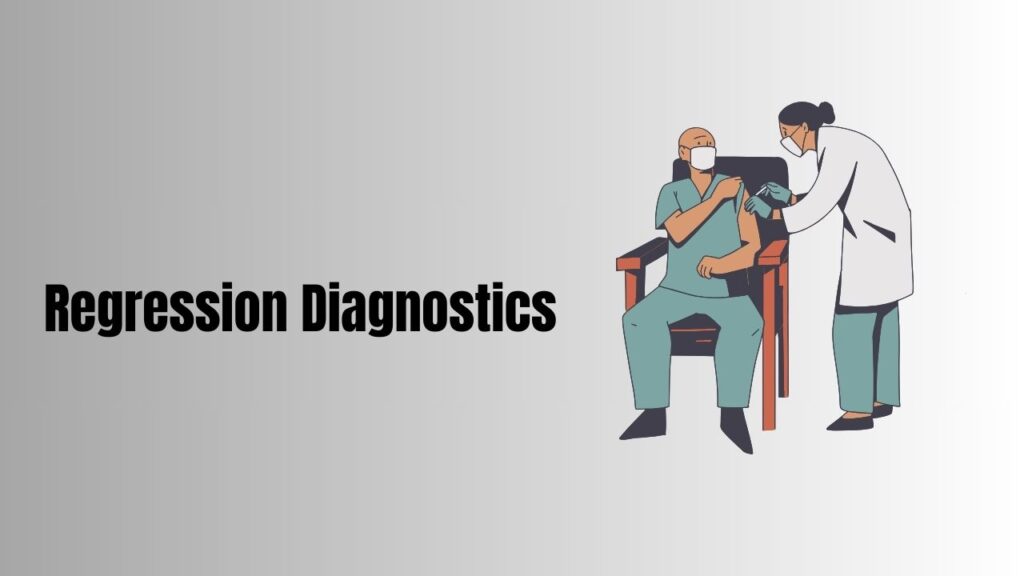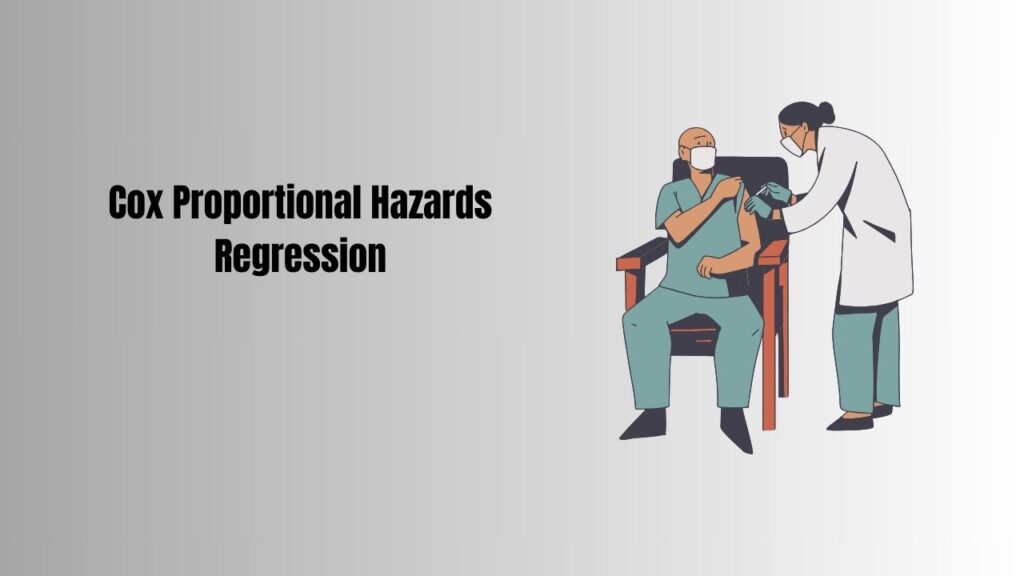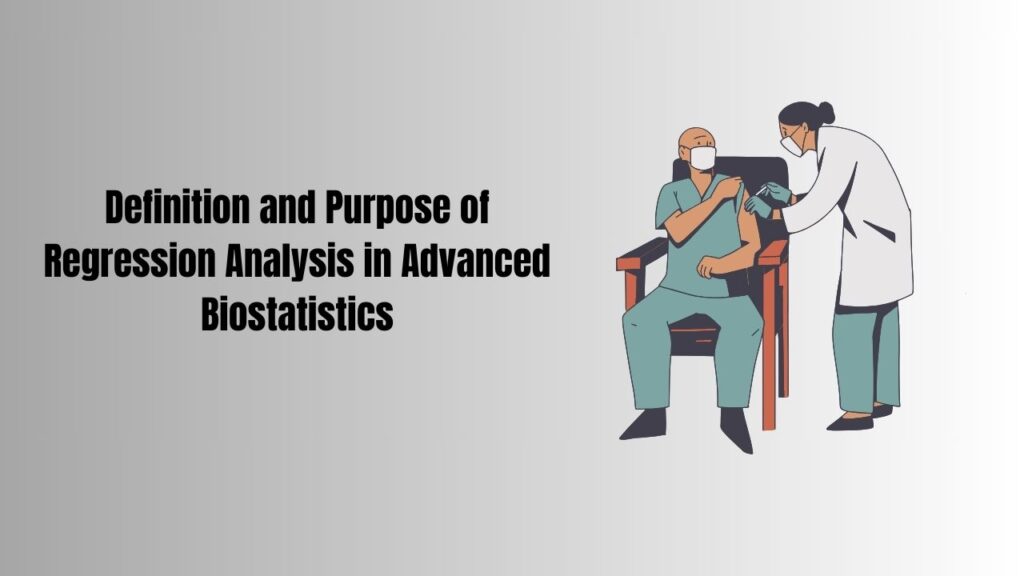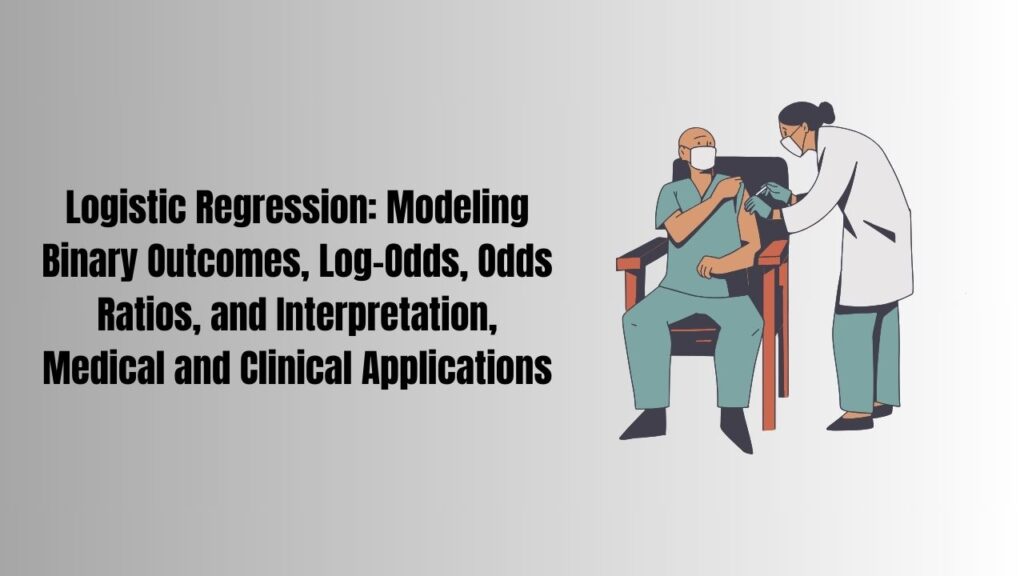Choosing the Best Models, Model Selection Criteria, Cross-Validation Techniques, Balancing Model Complexity and Fit
1. Choosing the Best Models: Definition: In statistical modeling and machine learning, choosing the best model refers to the process of selecting the most appropriate model from a set of candidate models. The goal is to find a model that accurately captures the underlying patterns in the data while avoiding overfitting (excessive complexity). 2. Model […]

